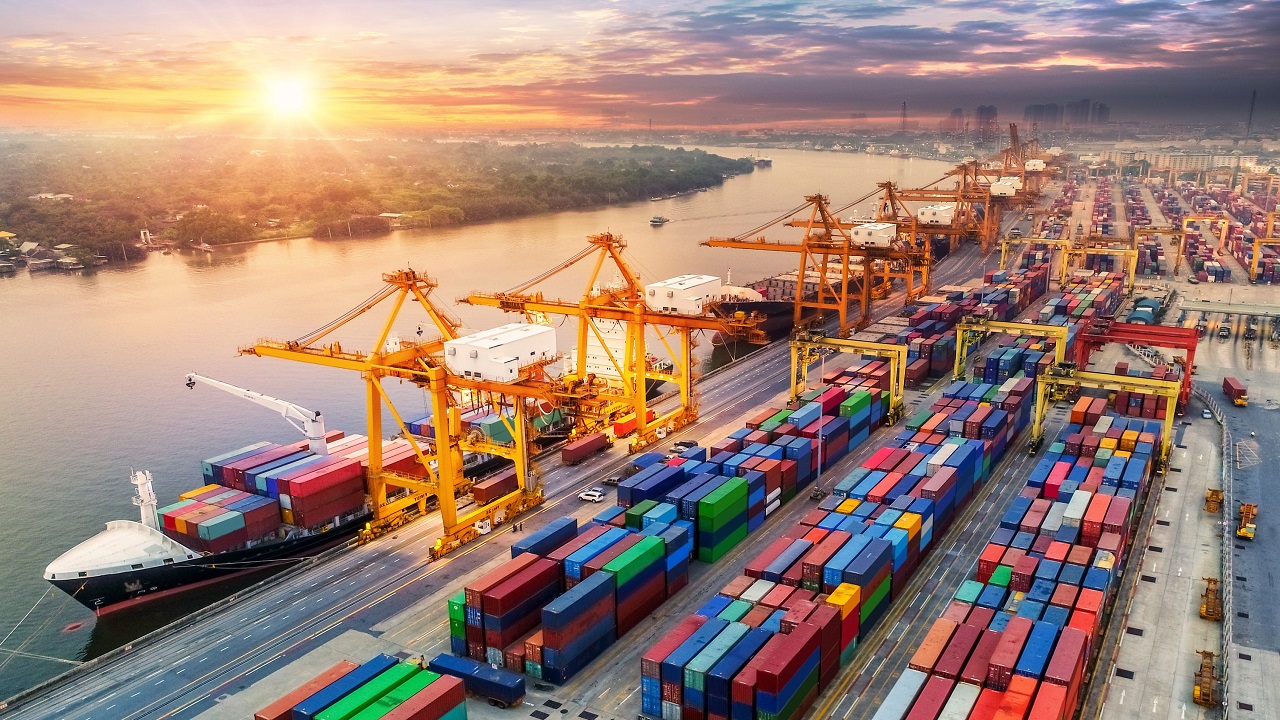Revitalizing India's Maritime Sector: Progress, Challenges, and the Way Forward
Context:
India, with its 7,500 km long coastline and strategic location along major maritime trade routes, has immense potential to become a global shipping hub. Recognizing this, the Indian government has launched various initiatives aimed at modernizing and strengthening the maritime sector.
Key Developments in the Maritime Sector
- The Sagarmala Programme has led to substantial improvements in port infrastructure.
- Investments in modernization, connectivity, and coastal development have fueled trade and economic growth.
- Despite these advances, the Indian shipping industry remains stagnant, struggling to match global competitors.
Challenges Hindering the Shipping Industry
The Indian shipping sector faces several key challenges:
-
Capital Constraints and High Borrowing Costs:
Shipowners face high interest rates and short loan tenures, which restrict growth opportunities. Ships also cannot be used as collateral, making financing difficult. -
Regulatory Barriers:
Unfavorable tax policies and complex compliance processes hinder progress. For instance, 5% IGST is levied on Indian-flagged ships, while foreign vessels in Indian waters are tax-exempt. -
Shipbuilding Limitations:
The country remains dependent on imports for shipbuilding, resulting in high production costs. Outdated shipyards and a lack of skilled workforce further reduce efficiency. -
Competition from Foreign Ships:
Foreign-flagged vessels dominate India’s EXIM trade due to lower operational costs and minimal regulatory compliance.
Progress Under the Sagarmala Programme
The Sagarmala Programme has made significant strides in improving India’s maritime infrastructure, with the following achievements:
- Total Projects: 839 projects planned with an investment of ₹5.8 lakh crore.
- Completed Projects: 241 projects (₹1.22 lakh crore).
- Ongoing Projects: 234 projects (₹1.8 lakh crore).
- Projects in Development: 364 projects (₹2.78 lakh crore).
Key focus areas include:
- Port Modernization: ₹2.91 lakh crore invested.
- Port Connectivity Enhancement: ₹2.06 lakh crore allocated.
- Port-Led Industrialization: ₹55.8 thousand crore aimed at boosting trade-related industries.
- Coastal Community Development: Supporting local economies and employment.
Impact on Economic Growth:
India’s GDP has risen significantly from ₹153 trillion (2016-17) to ₹272 trillion (2022-23), despite the COVID-19 disruptions. The EXIM trade growth has also been impressive, increasing from $66 billion in 2016-17 to $116 billion in 2022, reflecting a 77% rise.
Future Goals (By 2030):
- Aim to become a $5 trillion economy by 2027 and $7 trillion by 2030.
- Exports are projected to reach $2 trillion.
Stagnation in the Indian Shipping Industry
While the port infrastructure has improved, the Indian shipping sector continues to face stagnation due to several factors:
-
Limited Cargo Growth:
Cargo handled at major ports grew by just 2.85% annually, from 1,071.76 million tons in 2016-17 to 1,249.99 million tons in 2020-21. -
Decline in Vessel Handling:
The number of vessels handled at Indian ports decreased from 21,655 in 2016-17 to 20,371 in 2020-21, a 5.93% decrease. -
Slow Expansion of the Indian Fleet:
The number of Indian-registered ships grew from 1,313 in 2016-17 to 1,526 in 2024. India’s global ship ownership ranking fell from 17th to 19th, reflecting a loss of competitiveness. -
Declining Market Share:
Foreign-flagged vessels continue to dominate India’s EXIM trade, and rail and road transport remain preferred for domestic cargo.
Government Initiatives to Boost the Industry
Several initiatives have been introduced to revitalize the shipping sector:
-
Maritime Development Fund (MDF):
A ₹25,000 crore fund to improve access to capital for shipowners. However, only 49% of this fund is government-funded, raising concerns about sustainability. -
Infrastructure Status for Large Vessels:
This allows shipping companies to access benefits similar to those in other infrastructure sectors. -
Customs Duty Exemption on Shipbuilding Spares:
Extended for 10 years to reduce production costs. -
Revamped Financial Assistance Policy:
Includes credit incentives for shipbreaking and extended tonnage tax benefits for inland vessels.
Despite these policies, more comprehensive reforms are required to fully revitalize the industry.
The Way Forward: Urgent Reforms Needed
To address the challenges and ensure long-term growth, several reforms are critical:
-
Long-Term, Low-Interest Financing:
Offering loans with tenures of 7-10 years and lower interest rates. -
Strengthening Shipbuilding Infrastructure:
Establishing new shipyards and modernizing existing ones. Fostering domestic manufacturing of ship components will reduce costs. -
Tax Reforms for Competitiveness:
Removing IGST on ship purchases and exempting Indian seafarers from TDS deductions. -
Encouraging External Commercial Borrowings (ECBs):
Allowing ECBs to finance ship purchases can help bridge funding gaps. -
Investment in Green Technology:
Promoting eco-friendly shipbuilding and retrofitting existing vessels to meet sustainability goals.
Conclusion
While the Sagarmala Programme has successfully modernized India’s port infrastructure, the shipping industry remains underdeveloped. Addressing capital shortages, tax burdens, and shipbuilding inefficiencies is crucial for strengthening the sector. By implementing long-term financial solutions, strengthening domestic shipbuilding, introducing tax reforms, and promoting green technology, India can leverage its maritime potential to reduce reliance on foreign ships and enhance its position in global trade.




Comments (0)